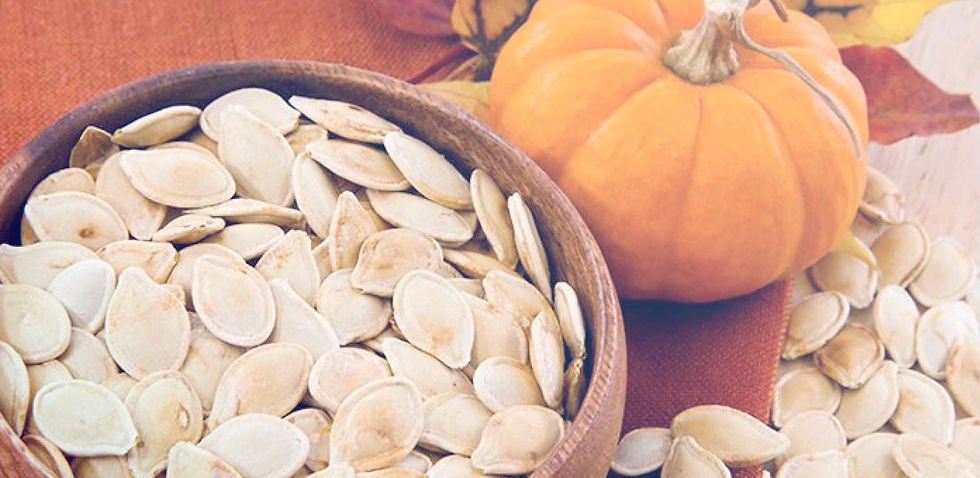How to Stop and Capture the Joy
- Susan Baker

- Nov 12, 2024
- 3 min read
Updated: Nov 13, 2024
With the Hussle and Bussle of the Holiday Season, How Do We Remember to Stop and Capture the Joy?

For this we turn to an idea called “the compassion of possibility” which is a concept that refers to the ability to see the good in ourselves and others, and to recognize that there are new opportunities for growth and connection. It is the fifth and final level of compassion, as described by Dr. Gabor Maté.

5 Levels of Compassion According to Dr. Gabor Maté
1. Ordinary Human Compassion
This “entry level” compassion is essentially empathy and the common ability to connect with another’s suffering. This is the variety that can be diminished if you suffer from compassion fatigue. It’s not pity.
2. The Compassion of Curiosity and Understanding
This is more like a kind of intellectual variety of compassion. This is the kind of understanding that understands power relations and context. It’s the kind of compassion that seeks a systemic or policy level “why?” This power prevents us from leaping to an answer or a solution to a given problem. This capacity enables us to immerse ourselves in the problem and stay present there. It is in other words, a way to commune with complicated concepts.
3. The Compassion of Recognition
This variety of compassion is a kind of self-awareness or acceptance. It’s the wisdom that allows us to appreciate the way we are all human, all fallible. It’s the wisdom that prevents us from judging others for their actions. This ability to see others in ourselves is also an antidote to shame.

4. The Compassion of Truth
We avoid pain, and we avoid healing because of its close proximity to pain. But the compassion of truth is realizing that pain is natural and healthy; “pain is not the enemy.” Healing is about becoming tender and soft and open to pain.
5. The Compassion of Possibility
This kind of compassion allows us to remain open to awe and uncertainty and mystery. Staying open to possibility is not simply an intellectual statistical analysis. It’s felt. It’s a “door that we keep open, so we can see victory coming.” It’s an aliveness to wholeness both in ourselves and others. Some may say it is similar to hope.
Maté has discussed the compassion of possibility is made up of three elements: kindness, mindfulness, and common humanity. When responding to someone with warmth, understanding, and kindness, and feeling the desire to help, these elements are demonstrated. This kind of compassion can create meaningful change in our lives and relationships.

When we think of the “magic of the holiday season,” what many of us are taking about is The Compassion of Possibility. It is treating your neighbor, your co-worker, or a stranger with the kindness and respect that you would want to receive as another human being.
Recognizing the humanity in all of us and being mindful of what that humanity might be like for our friend or neighbor. The warmth of the holiday spirit truly comes from the pause associated with slowing down to smile at another person at the check-out, or asking someone how their day is going. Mindful awareness of the beauty of the glistening snow or the twinkling lights or the simple joy of a small child’s laughter. Helping others in need is part of the compassion of possibility. Whether it is cooking a meal, giving your time, financial assistance, or just lending a listening ear, all of these actions can help pay forward the Compassion of Possibility.
So Happy Holidays, What will Be Your Possibility? How will You Express Your Compassion this Holiday Season?




